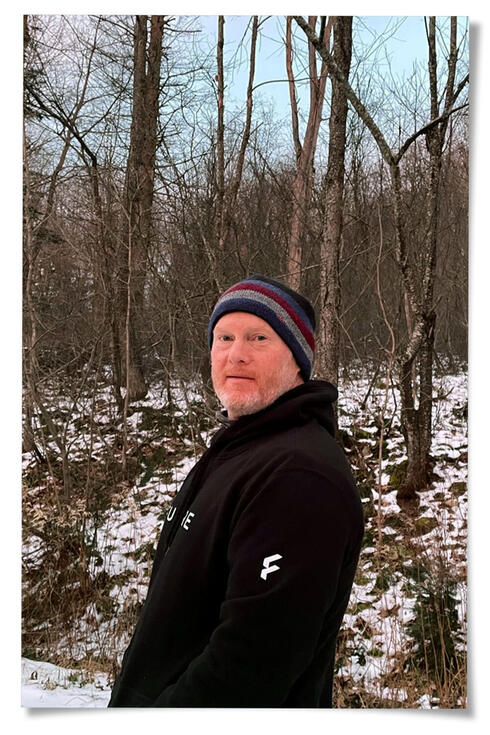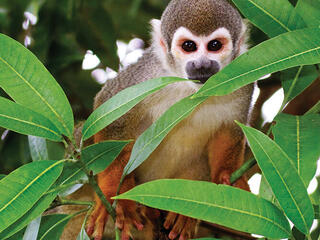WWF may seem like a curious departure from my roughly 20 years as a corporate lawyer, but there is logic to my career path.
I went to law school to become a public interest international trade lawyer, essentially to help ensure products are made and sold responsibly, but I didn’t yet consider specializing in environmental law or human rights. I started developing a focus in supply chain business practices more generally, and during my first summer in law school a scholarship brought me to a position in the Office of the US Trade Representative.
Later, I pursued a career in international trade law by focusing on advising businesses about their global supply chains, learning how companies work, and getting a sense for how trade priorities translate into legal requirements that can change business practices.
As I became more senior, I questioned how I could apply my skills for broader impact on the environment, people, and their communities. I found myself with a client base heavy on seafood companies at the same time that US laws were revised to play a greater role in prohibiting imports of products from supply chains lacking traceability, practicing illegal fishing, or benefiting from modern slavery (an umbrella term covering practices such as forced labor and human trafficking).
After several years of guiding companies in these areas, I wanted to have a greater impact on global supply chains. So I felt lucky to get to know WWF and how its work and thinking could help me leverage this experience to do more.
There’s a close relationship between modern slavery and environmental harm, since the pressure to sell goods at low costs leads many businesses to exploit both natural resources and people. Researchers are increasingly showing that the abuse of workers is a key factor enabling deforestation and habitat conversion. At the same time, climate change is increasing the human vulnerability that leaves people open to human rights abuses, thereby creating a particularly vicious cycle of harm that exacerbates instability and conflict.
WWF research has found that as much as 50% of globally traded food commodities like shrimp, beef, and palm oil may be produced through numerous types of illegality, with financial costs of up to $600 billion per year to consumers. We need to better understand the interconnection between illegality and the environment generally, but particularly between human rights and the climate, so that appropriate laws and business practices—ones that protect people and nature—can follow.



